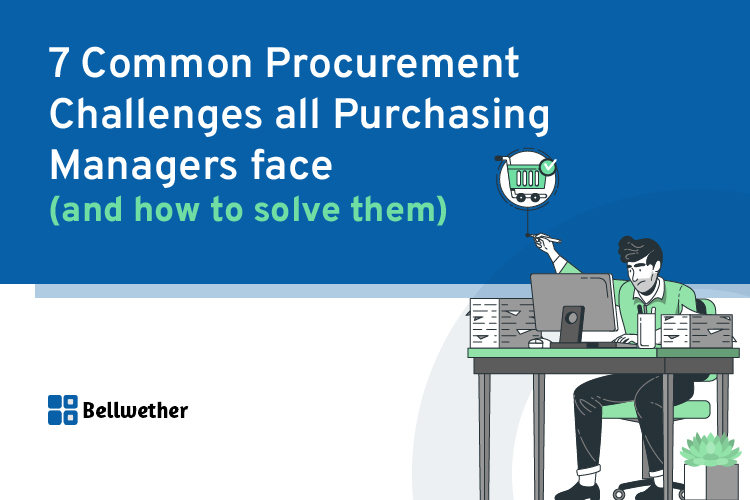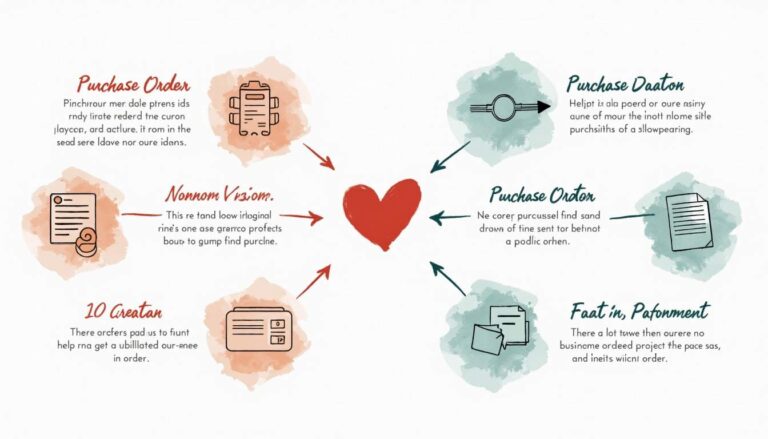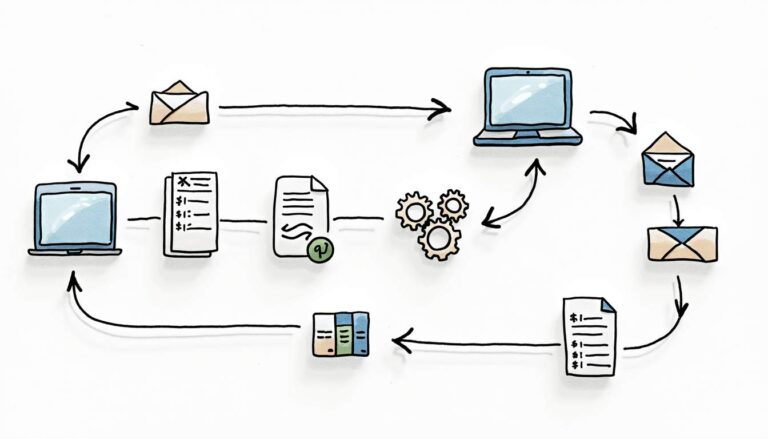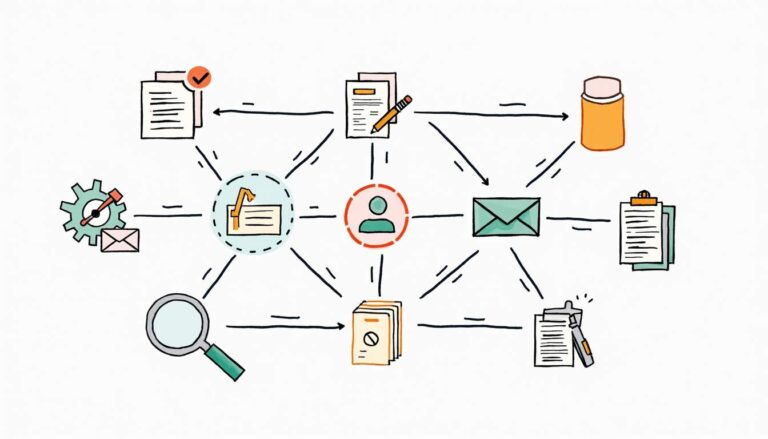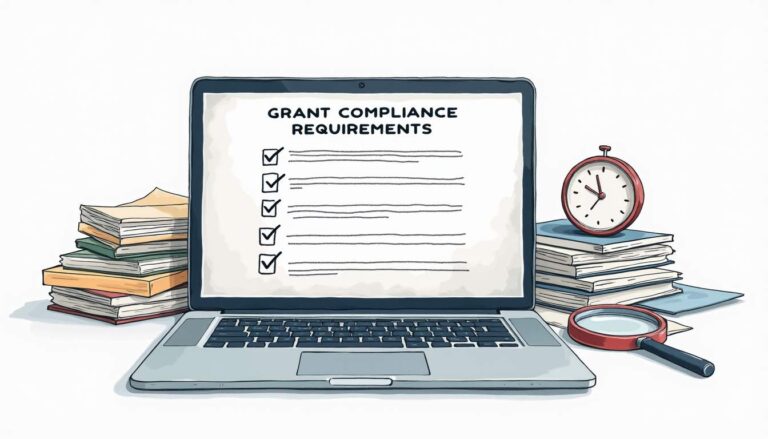A purchasing manager (PM) is also called a procurement manager. The role of a purchasing manager is seldom taken seriously i.e. it is not given the importance it deserves. This, unfortunately, is a mistake which can cost an organization heavily.
A procurement manager is someone who is responsible for sourcing products and services for their organization. A purchasing manager reports to a Chief Procurement Officer (CPO) in a large organization. Whereas, in a small or medium organization, the purchasing manager is often a department on its own.
In such a case, the procurement manager reports to either the Chief Operations Officer (COO) or the Chief Finance Officer (CFO). Irrespective of the size of the organization, procurement managers and their teams have to work closely with the finance, operations, and legal teams.
The roles and responsibilities of a purchasing manager include making sure that their business purchases the goods and services that will best help them achieve their goals. The managers also have to review past purchases made by the company to determine vendor effectiveness, compliance, and return on investment (ROI).
The procurement managers (PMs) have to ensure they strike a balance between quality and cost, to reach their business goals. However, there are certain challenges which all purchasing managers face. Let’s have a look at some challenges and understand how one can solve them.
7 common procurement challenges purchasing managers face
For most purchasing managers, the top priority has always been cost savings. But now, as the times are changing globally, new requirements in procurement and supply chain are surfacing and are bringing in new challenges with them.
With changing responsibilities, the approach procurement managers have to take is diverting from the usual. Technological advancements are also rapidly changing the responsibilities of purchasing managers. Here are a few challenges they could face.
- Managing and mitigating risk
Earlier, spend management was considered to be a crucial job of a purchasing manager. However, while spend management is still important, managing risk and mitigating it at the right time is given more weight. This is because of the recent volatility in the global supply chain and procurement activities. Companies that adapt to supply chain volatility have the last laugh.
How to solve this procurement challenge?
PMs need to do thorough supplier market research which helps them in gathering the right supplier intelligence and transparency. Knowing the risks of working with suppliers beforehand gives them wiggle room to prepare for contingencies and come up with a backup plan if required.
One way of actively managing and mitigating risks is by diversifying an organization’s supplier base. Diversification will help in tackling purchasing issues such as supply shortages and delivery issues. However, diversification is no easy task and it needs to be backed by strong research of a company’s suppliers.
- Implementation of digital technologies
Organizations that fail to implement digital purchasing software often end up with financial losses and bad partnerships. Hence, automated software is essential to capture accurate and critical data. Data accuracy can help purchasing managers make decisions that are crucial to a company’s purchasing efforts.
How to solve this procurement challenge?
The primary reason why purchasing teams do not have access to digital procurement software is that their organization is too focused on cost-cutting in the wrong places. The costs associated with digitizing and automating their supply chains are too high. But, they are an investment towards bettering the company’s bottom-line profits.
Most purchasing teams need to adapt to digital software as soon as possible to automate their purchasing processes. Technology is the key to future-proof a company’s growth and profitability. It also helps the organization see the bigger picture of how purchasing and procurement fit into the long-term goals of the organization.
- Collecting accurate data and insights can be a challenge
Important data related to company inventory, contract renewals, market pricing, standing POs, and supplier KPIs provide crucial and valuable insight when purchasing. Purchasing managers need solid and reliable data to prevent purchasing issues like inventory shortages or excess to help keep a track of spending and contracts.
How to solve this procurement challenge?
Implementing an automated purchasing software can help PMs be in close contact with the right suppliers which will help them keep a track of inventory, and goods received, and manage spend accordingly.
When purchasing teams can have access to such data points easily, the organization’s bottom-line profits grow. The company is at a lower risk of suffering any major financial loss or missing out on strategic opportunities. This dramatically reduces human errors and streamlines the entire purchasing process.
- Unknowingly purchasing duplicate or excess items
It is considered a common mistake in purchasing to order duplicate items or having more of an item than required. While this is a common mistake, it is one which needs to be avoided at all costs.
Without an effective purchase order workflow, employees might place repeat orders or pay for services that have already been purchased. When such an incident happens, purchase managers find it hard to trace orders and determine what has exactly happened as this process lacks transparency.
How to solve this procurement challenge?
The most important thing is to adopt a purchasing protocol which requires more than one approver. This ensures that there are multiple levels of approval which means increased transparency and efficiency.
This will eliminate the challenge of ordering more of one item and reduce inefficiencies in the procurement workflow process, making it easier for procurement managers to keep track. Eventually, adopting digital procurement processes is what makes a difference.
- Employees’ failure to purchase from preferred or approved vendors
This is most commonly found in large and fast-growing organizations that do not have a centralized database for supplier information. Without a centralized database, employees will purchase from vendors not previously approved by the company just to order what they need on time and to avoid delays.
While this might sound like a quick fix and an easy solution, purchasing from unapproved vendors might cost more and may hamper relationships with existing strategic vendors.
Hence, when your purchasing team is not ordering from pre-approved vendors, procurement managers face the problem of missing out on important business opportunities and this can prove to be risky.
How to solve this procurement challenge?
The logical way to overcome this challenge is for the organization to use centralized and easily accessible vendor management or supplier management catalogue. This will provide purchasing managers and their teams with transparency that allows them to easily access vendor catalogues.
This will allow for aligned purchasing, time and cost savings, increased negotiating power and most importantly, maintaining healthy relationships with strategic suppliers.
- Implementing compliance
It is no secret that spend management policies are often difficult to implement within an organization because of the complexities involved. However, they are necessary as, without compliance rules and policies, the company becomes vulnerable to maverick spending, potential litigation, etc. With compliance and policies come supply chain transparency, sustainability, and risk mitigation.
How to solve this procurement challenge?
A practical way to overcome this challenge would be for organizations to have a clear set of compliance rules for both internal and external partners such as vendors. This will not only protect the company from any fraud but also set a standard for every department on spending and performance of suppliers.
Finally, digital purchasing software is the way to go for allowing purchase approval access for every department.
- Optimizing the purchasing process
Purchasing managers play a crucial role in a company as they are responsible for knowing what the company needs and when, selecting the best offers from vendors, accepting deliveries, and processing payments.
When a PM has to do all of the mentioned tasks manually, it makes the entire procurement process inefficient and leaves room for error and fraud. This manual process cuts a company’s growth and profitability.
How to solve this procurement challenge?
Automating the entire purchasing process will save time and cut costs, reduce errors and maverick spending. With digital software, every step is recorded and provides transparency into the transaction to ensure unnecessary expenses are kept at bay.
Procurement managers are responsible for running this purchasing process efficiently and digital procurement software can effectively streamline the entire process. Hence, PMs are tasked with finding the best possible solution. When they find one, there is no better way to take control of things and lead the companies on a path to success.
Conclusion
The role of purchasing managers is crucial when it comes to solving procurement challenges. They are the ones working closely with procurement teams and making important purchasing decisions for an organization. From making strategic sourcing decisions to maximizing savings opportunities, PMs have a lasting impact on the profitability and growth of their company.
A procurement manager can turn purchasing challenges into a competitive advantage and provide their company with a competitive edge. This can be done by equipping the organization with the right strategies and tools, technology and data insights.

